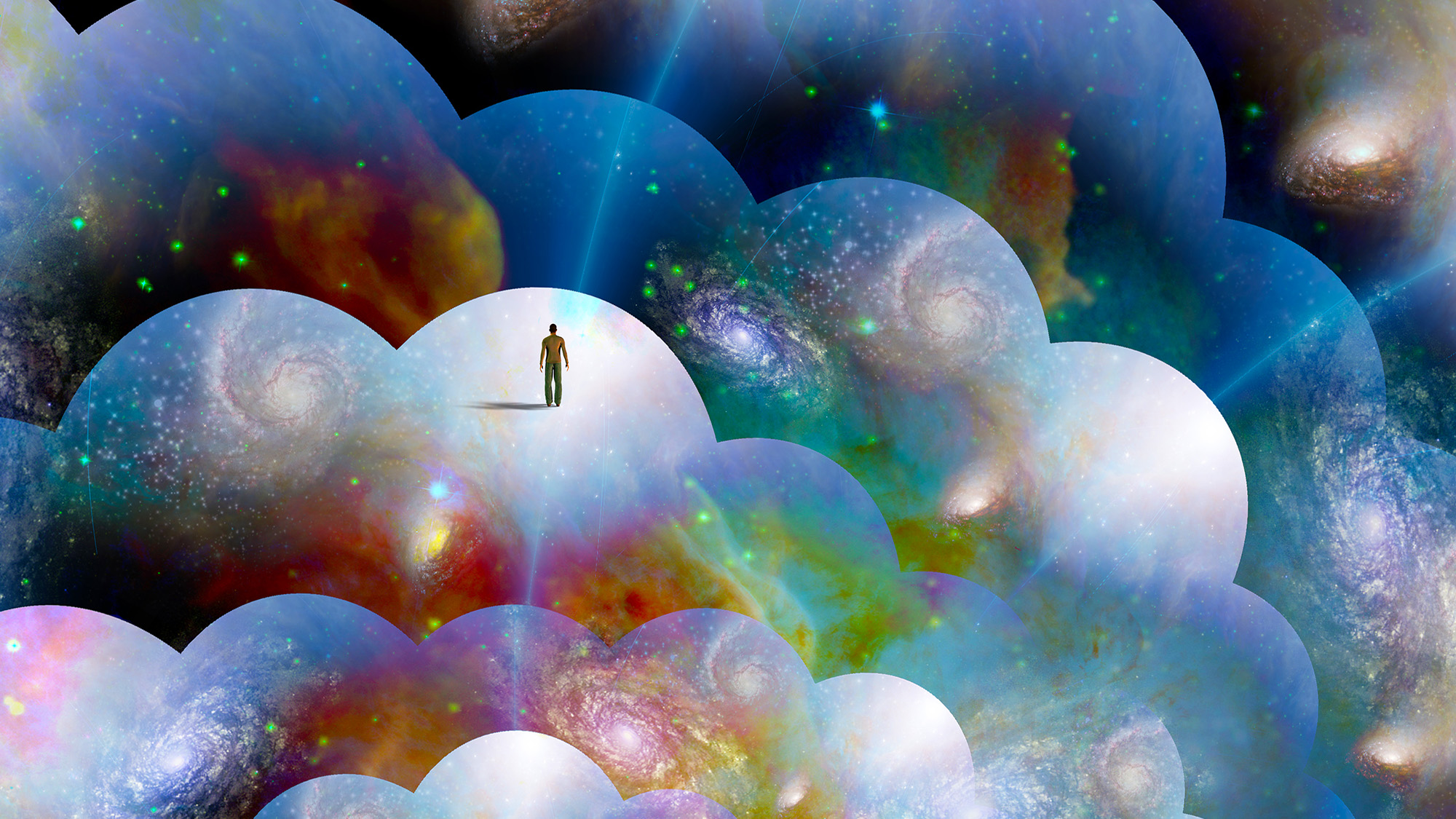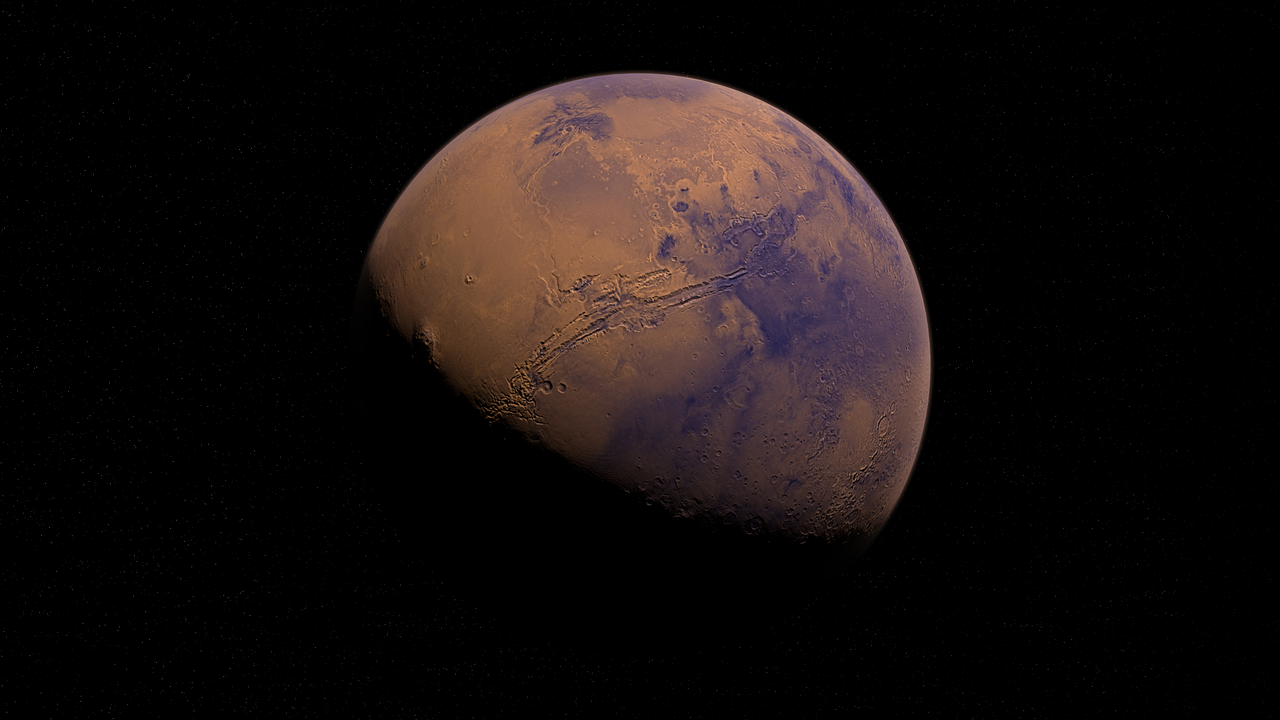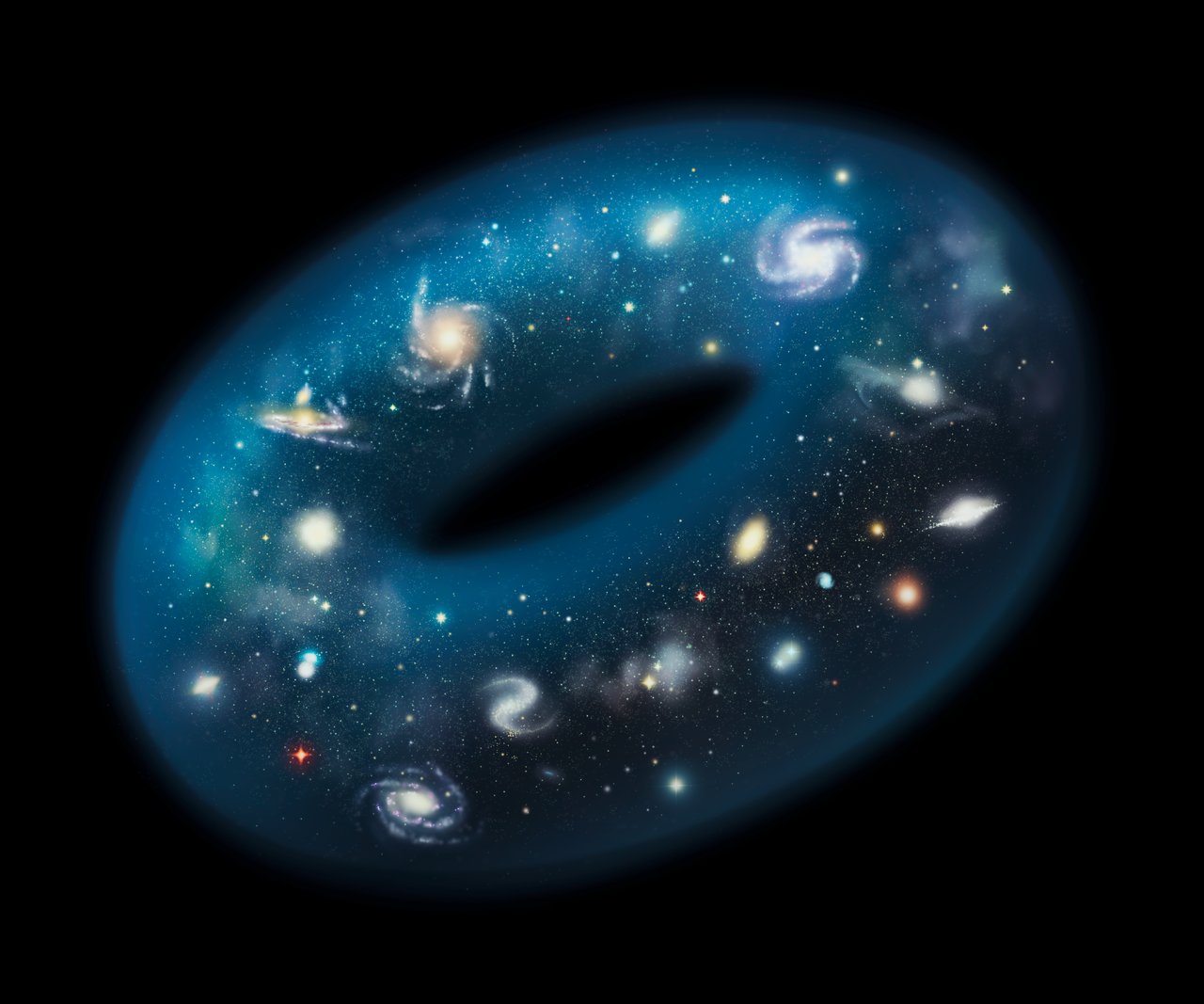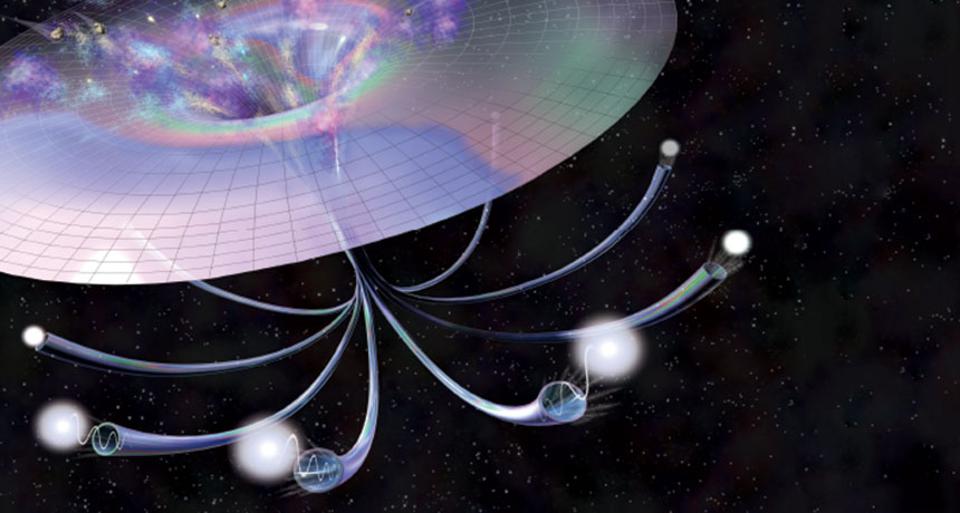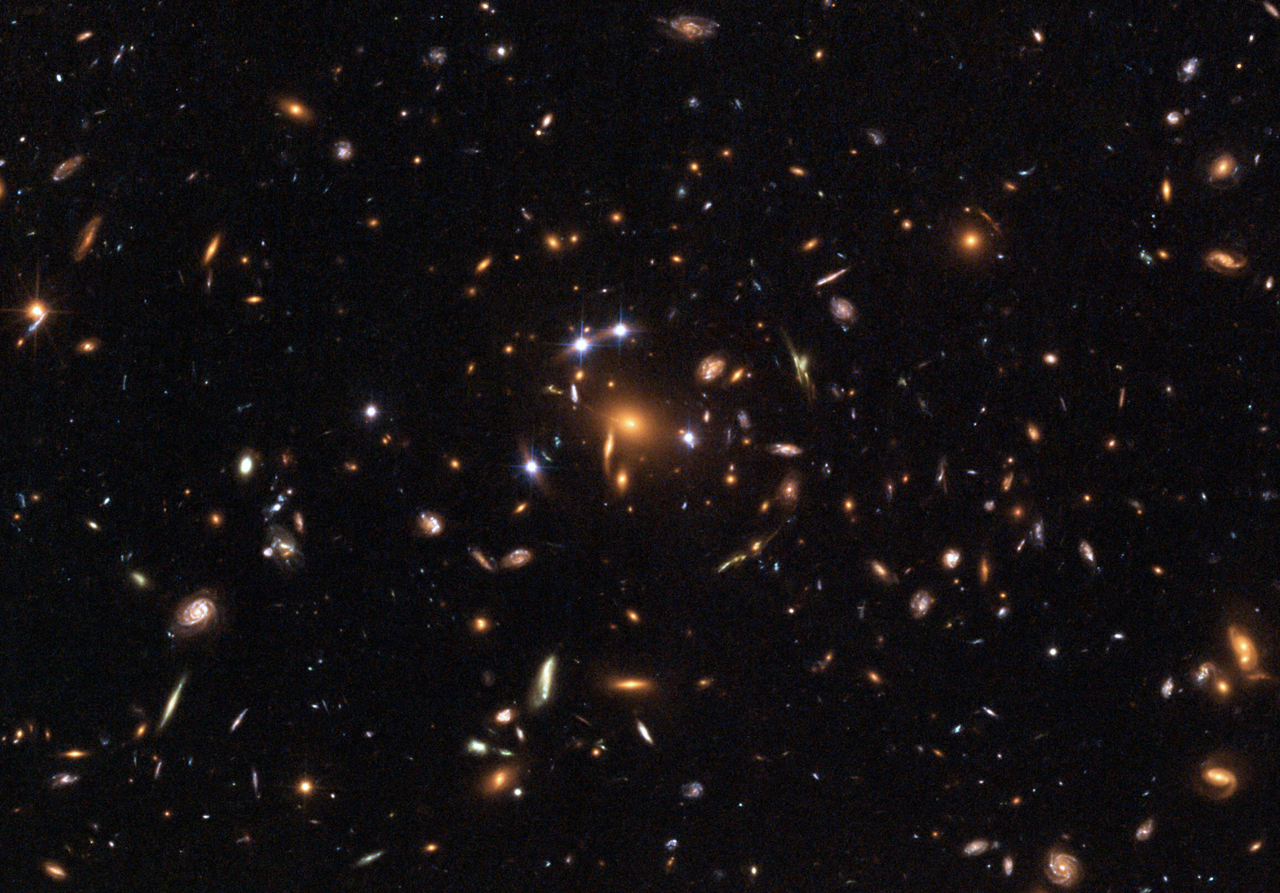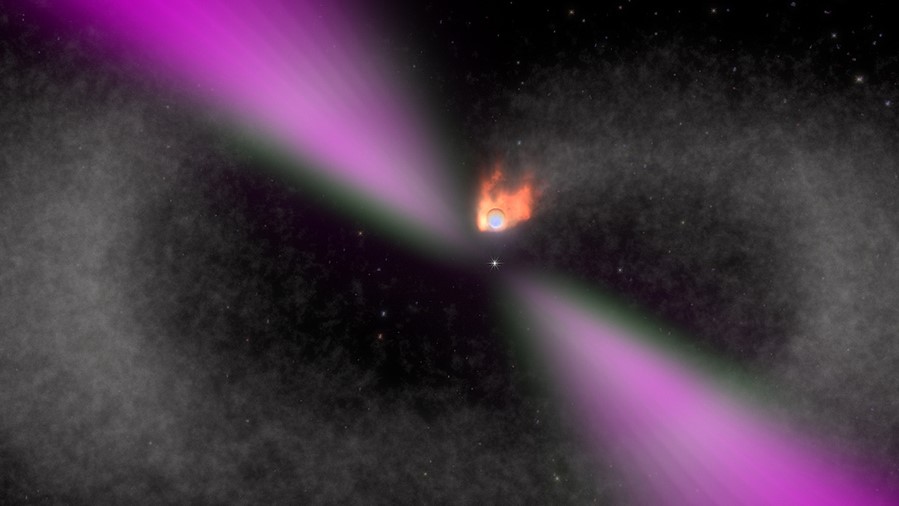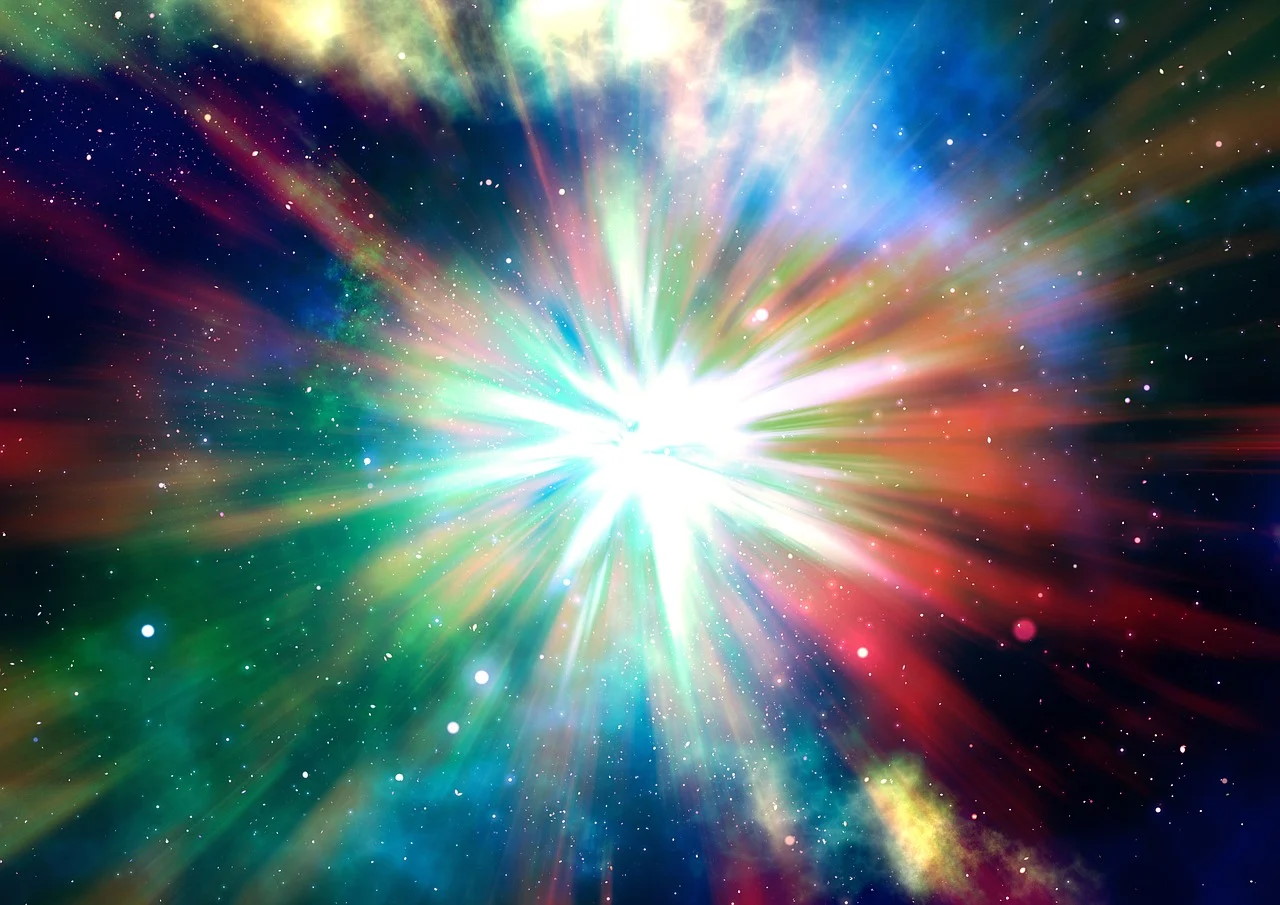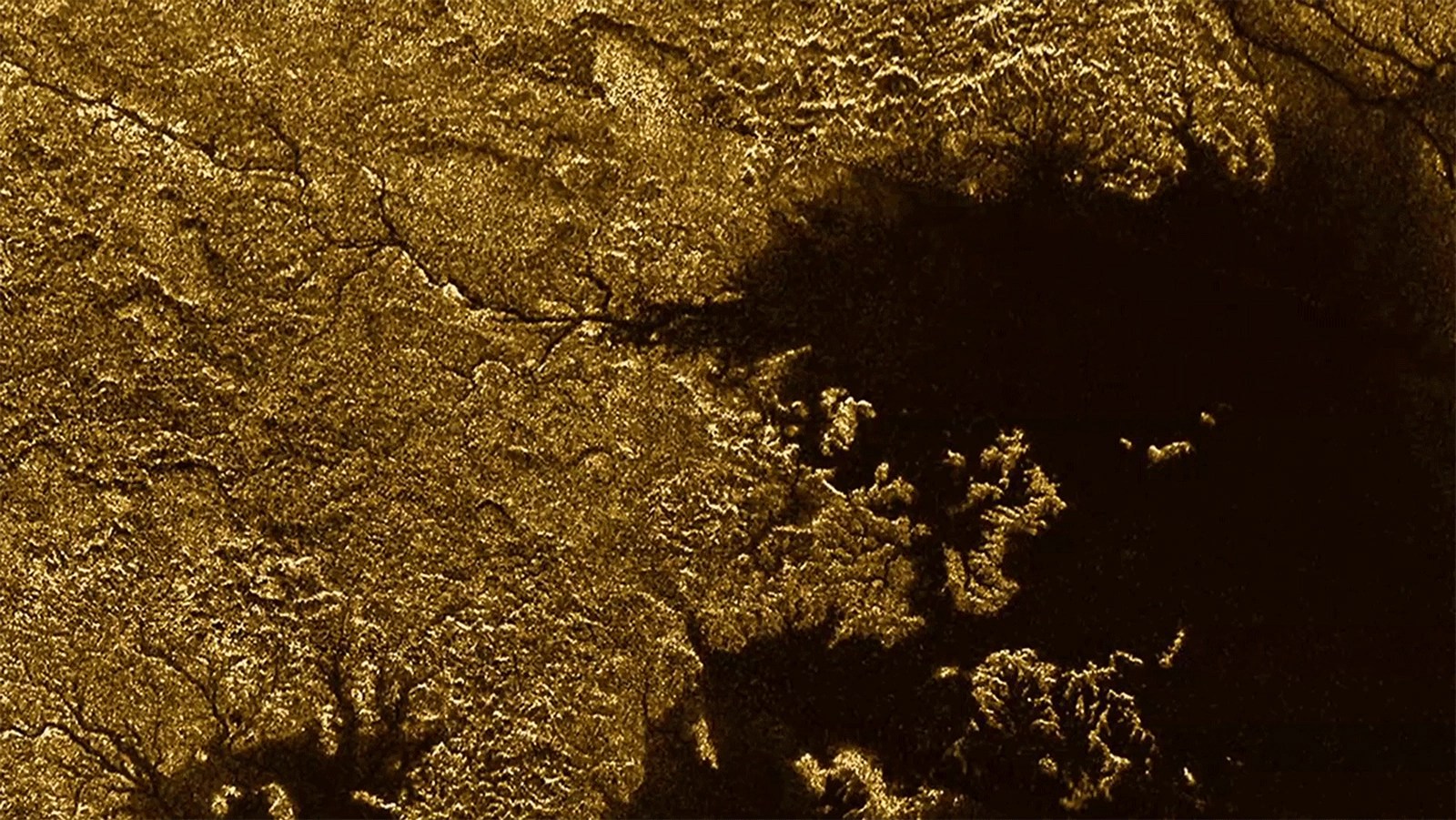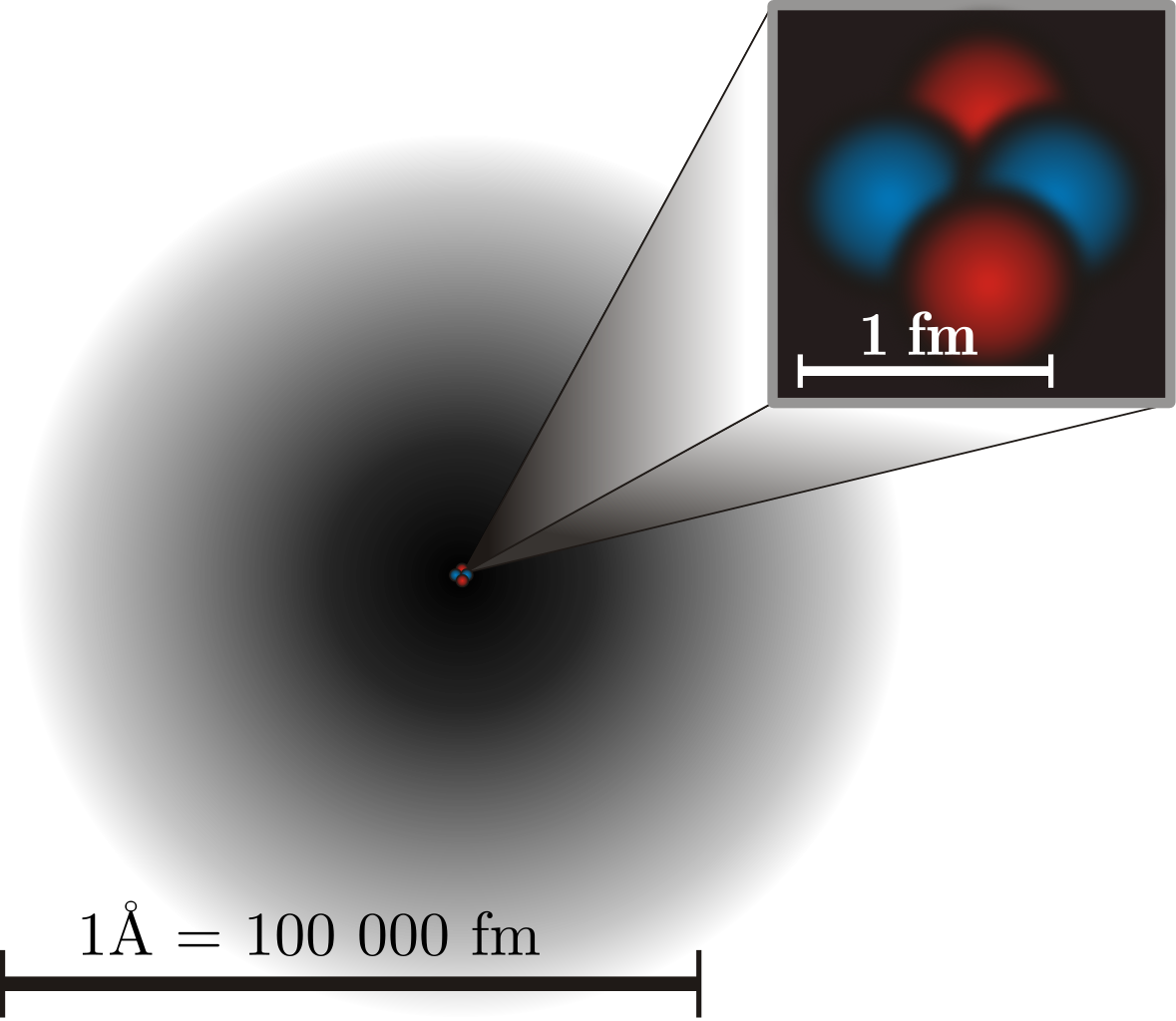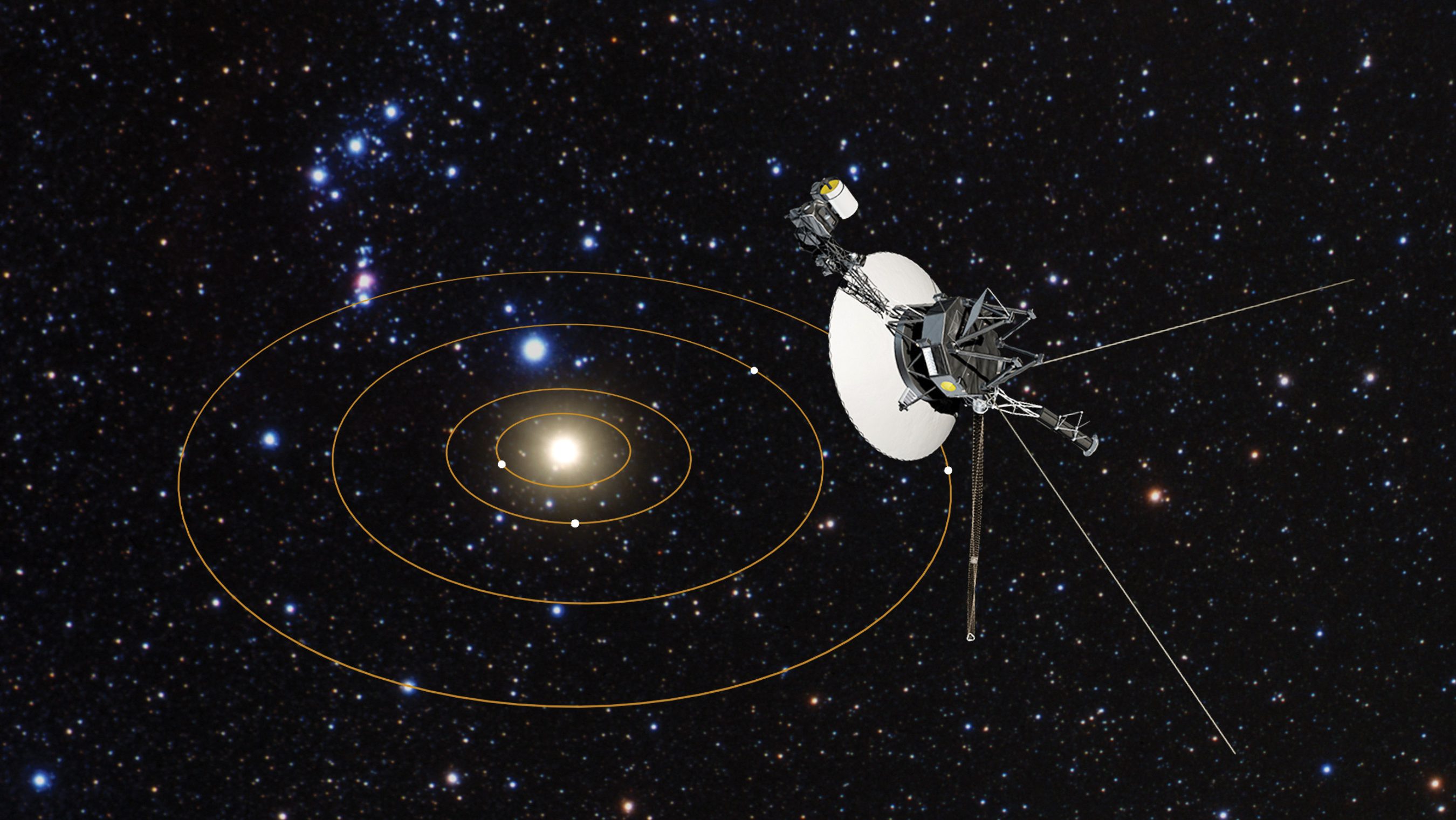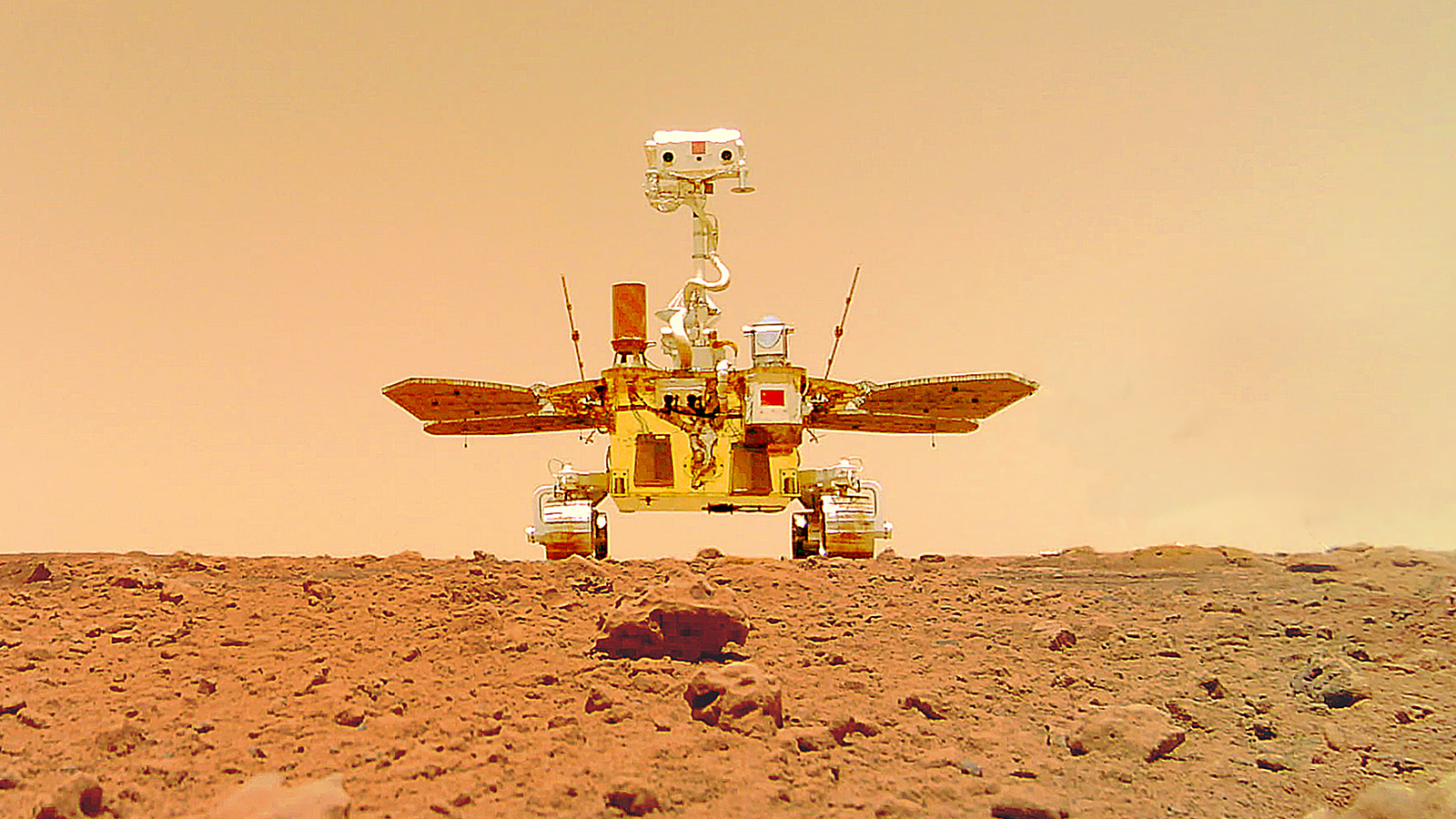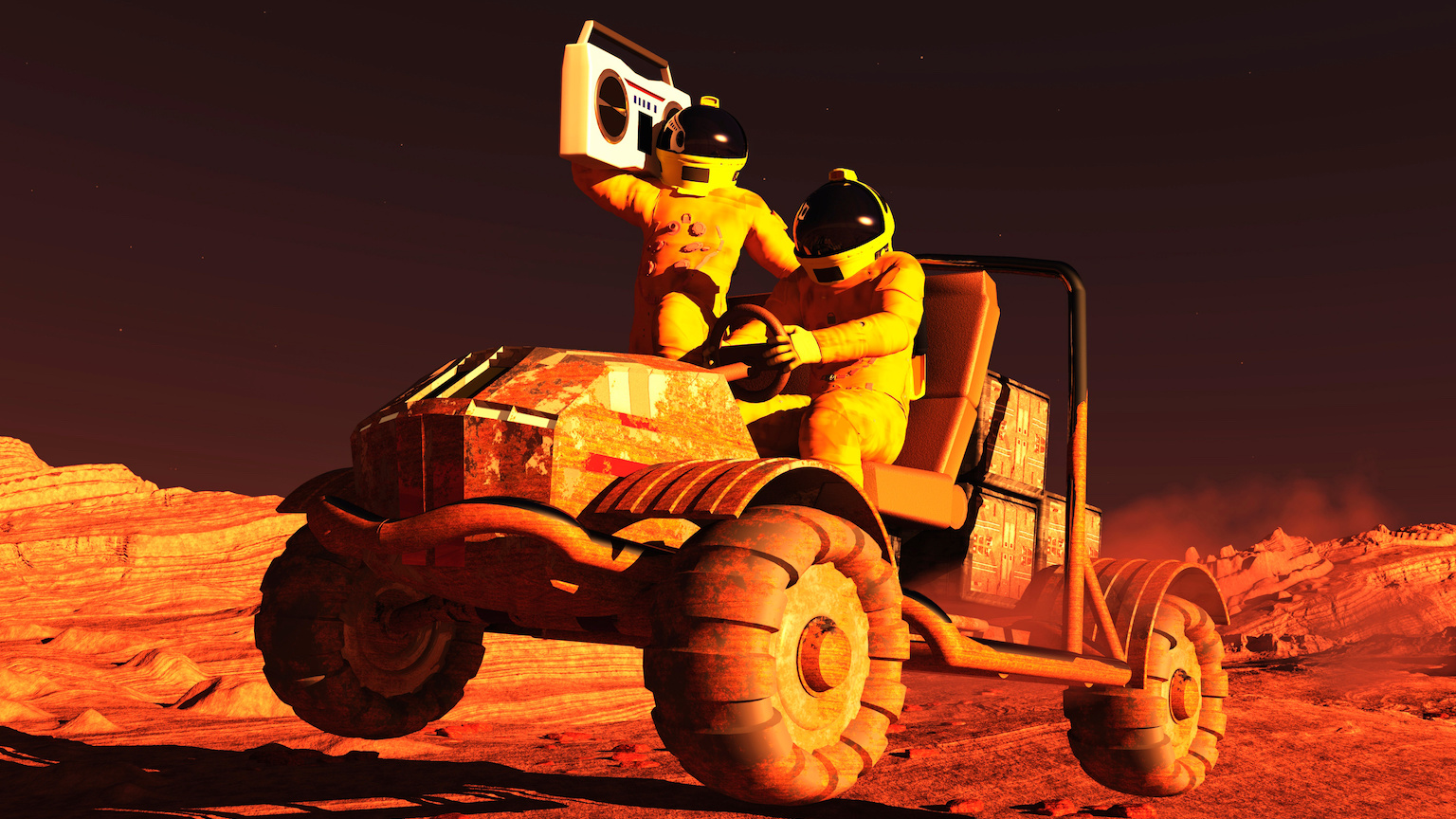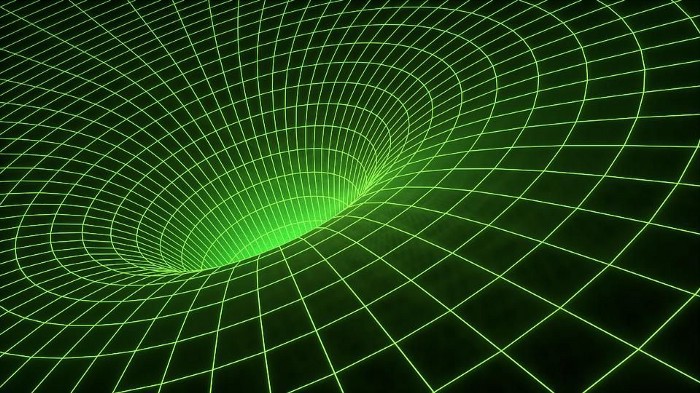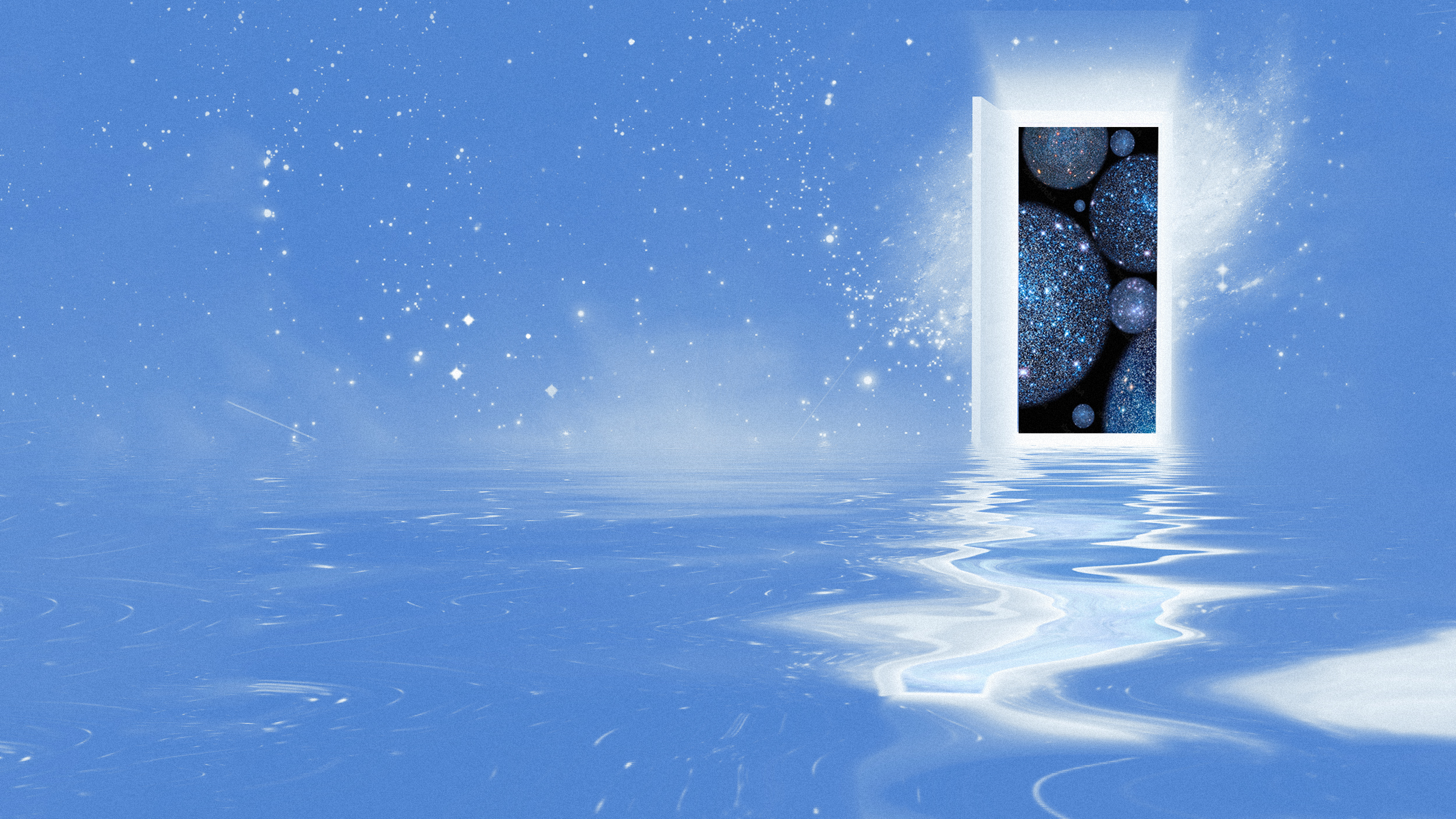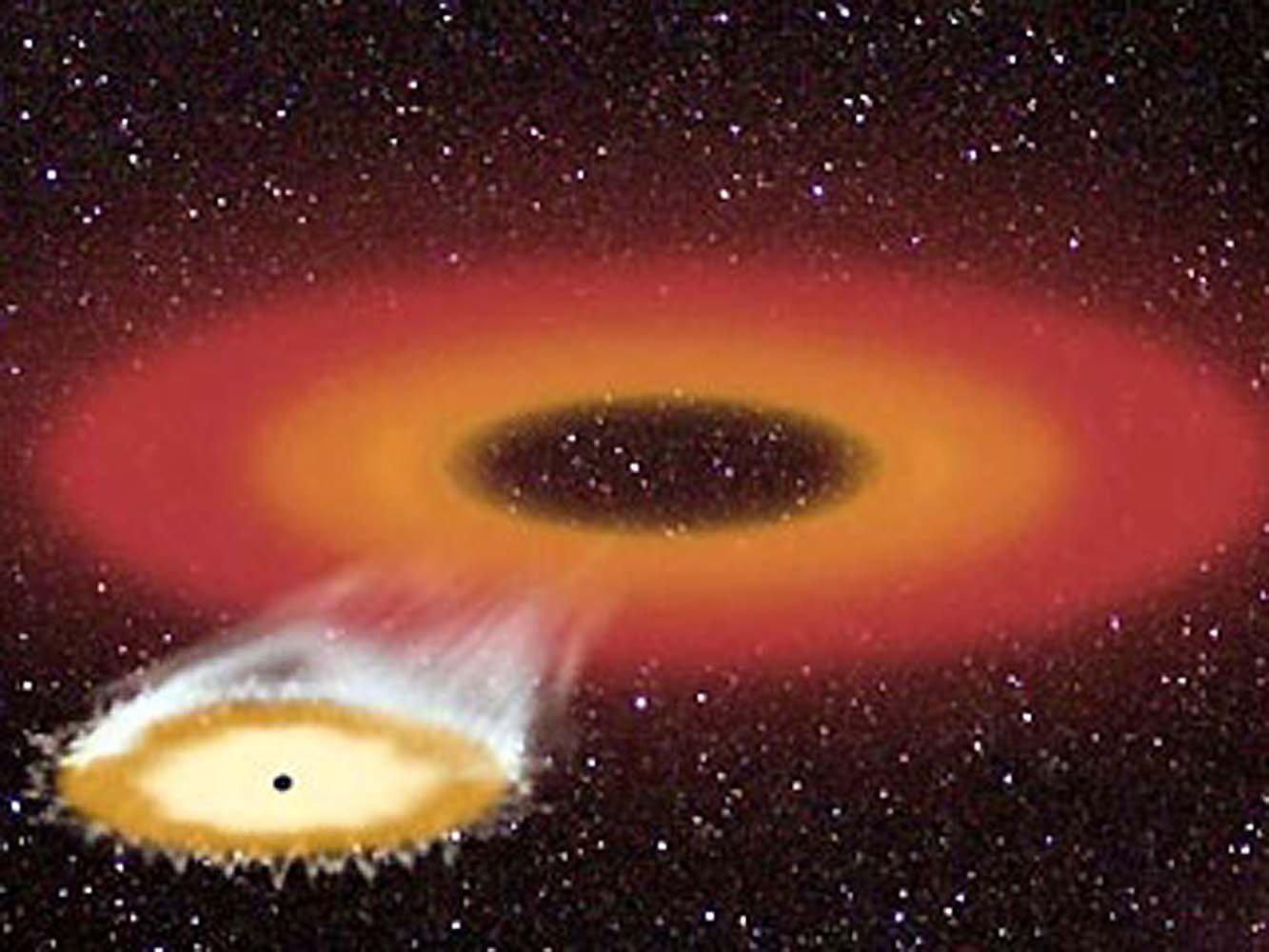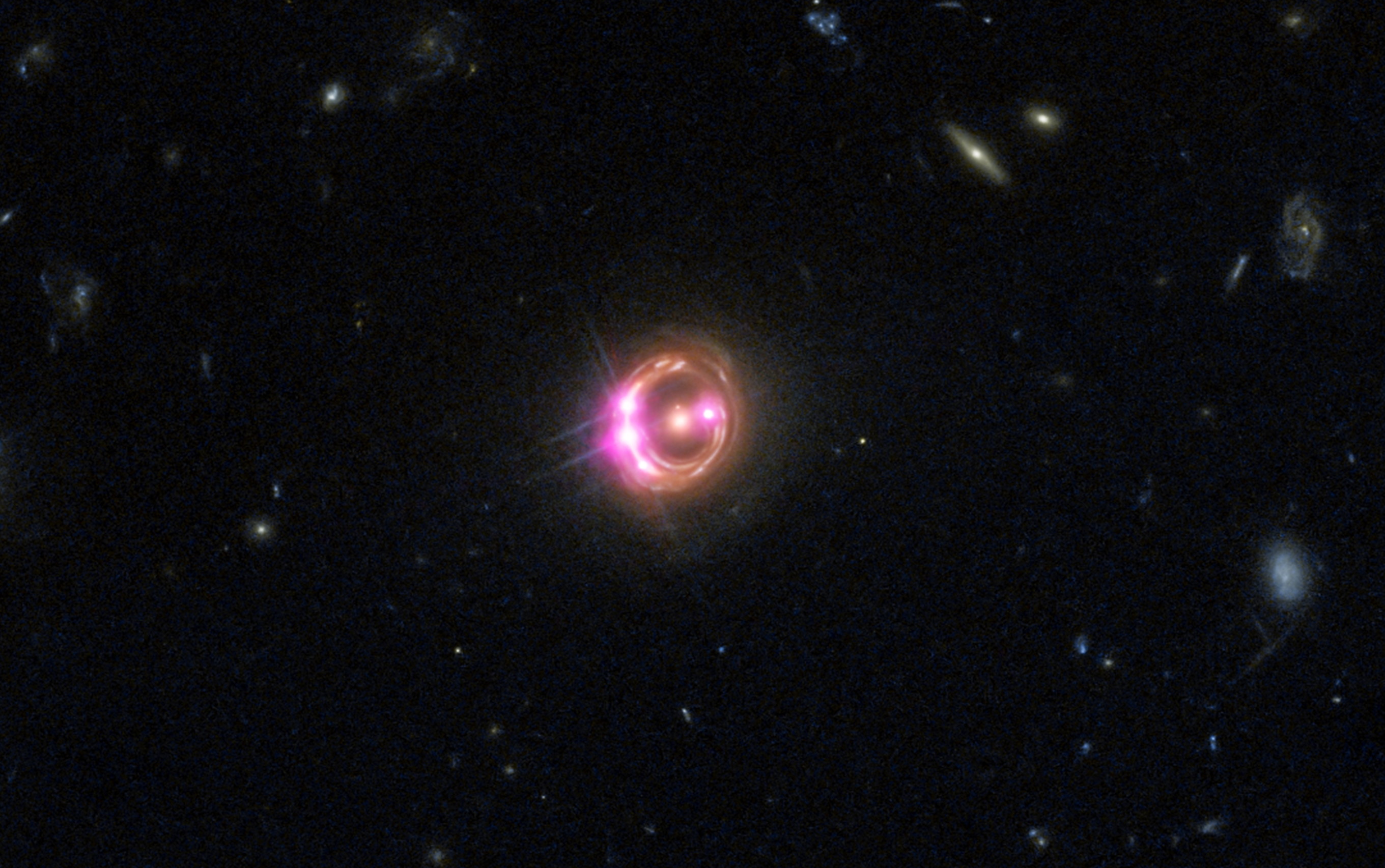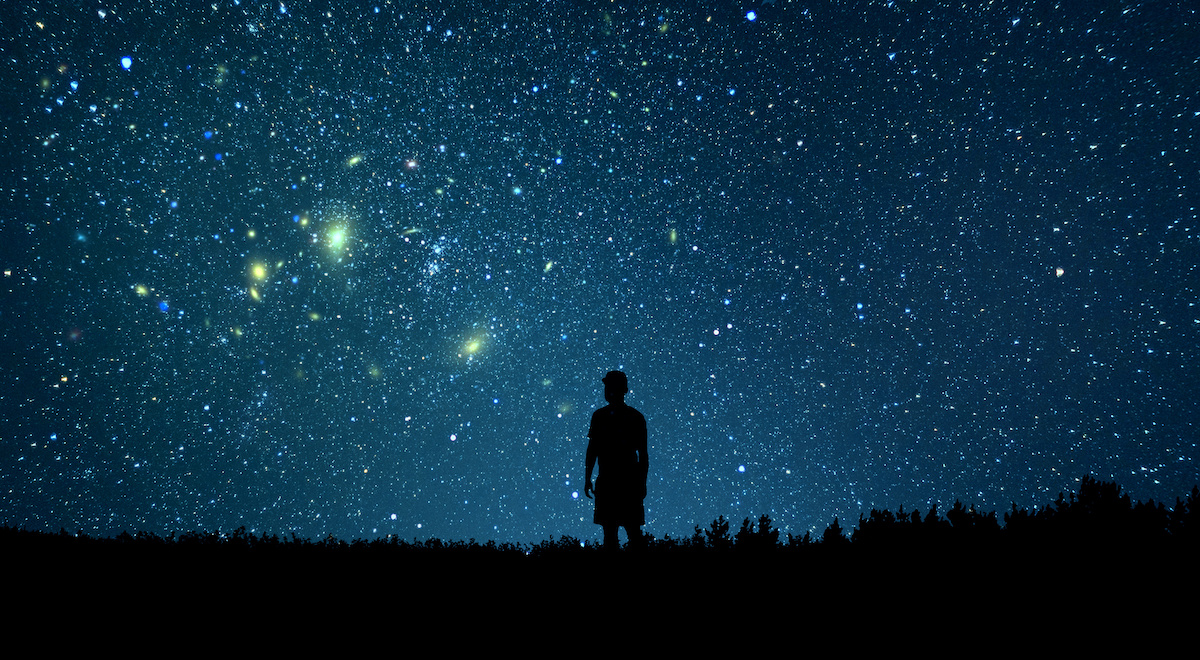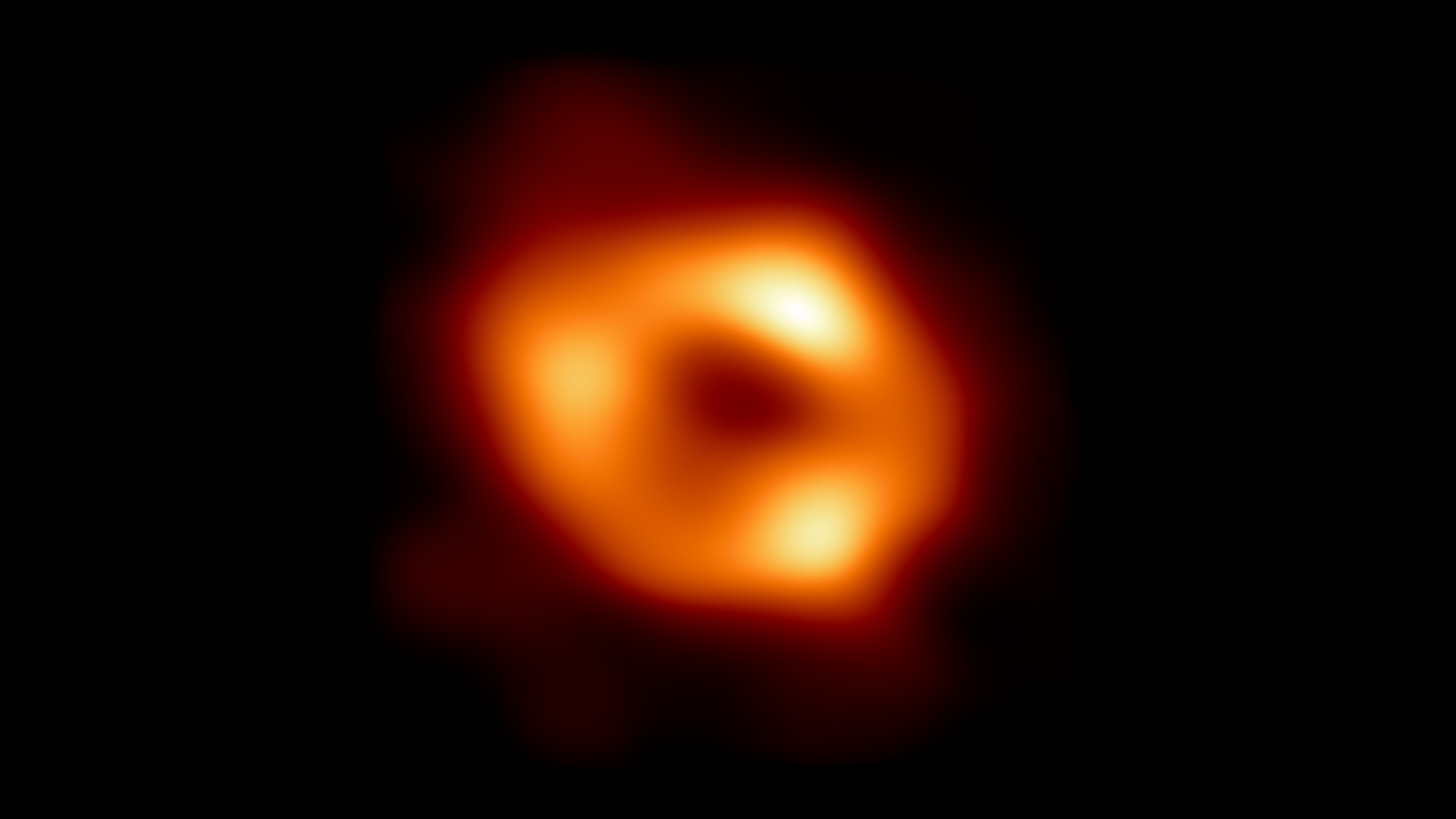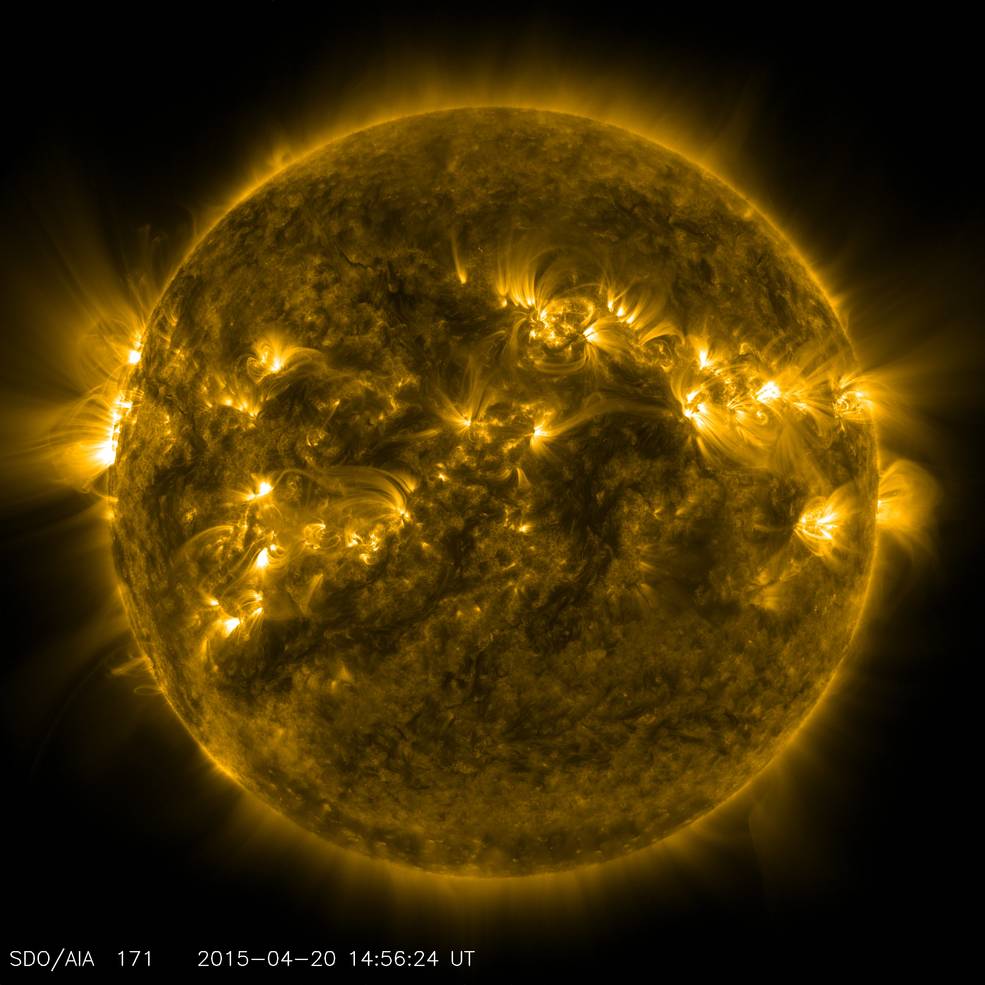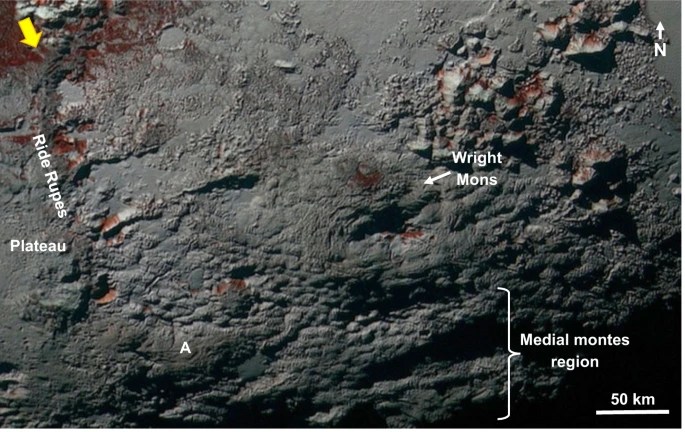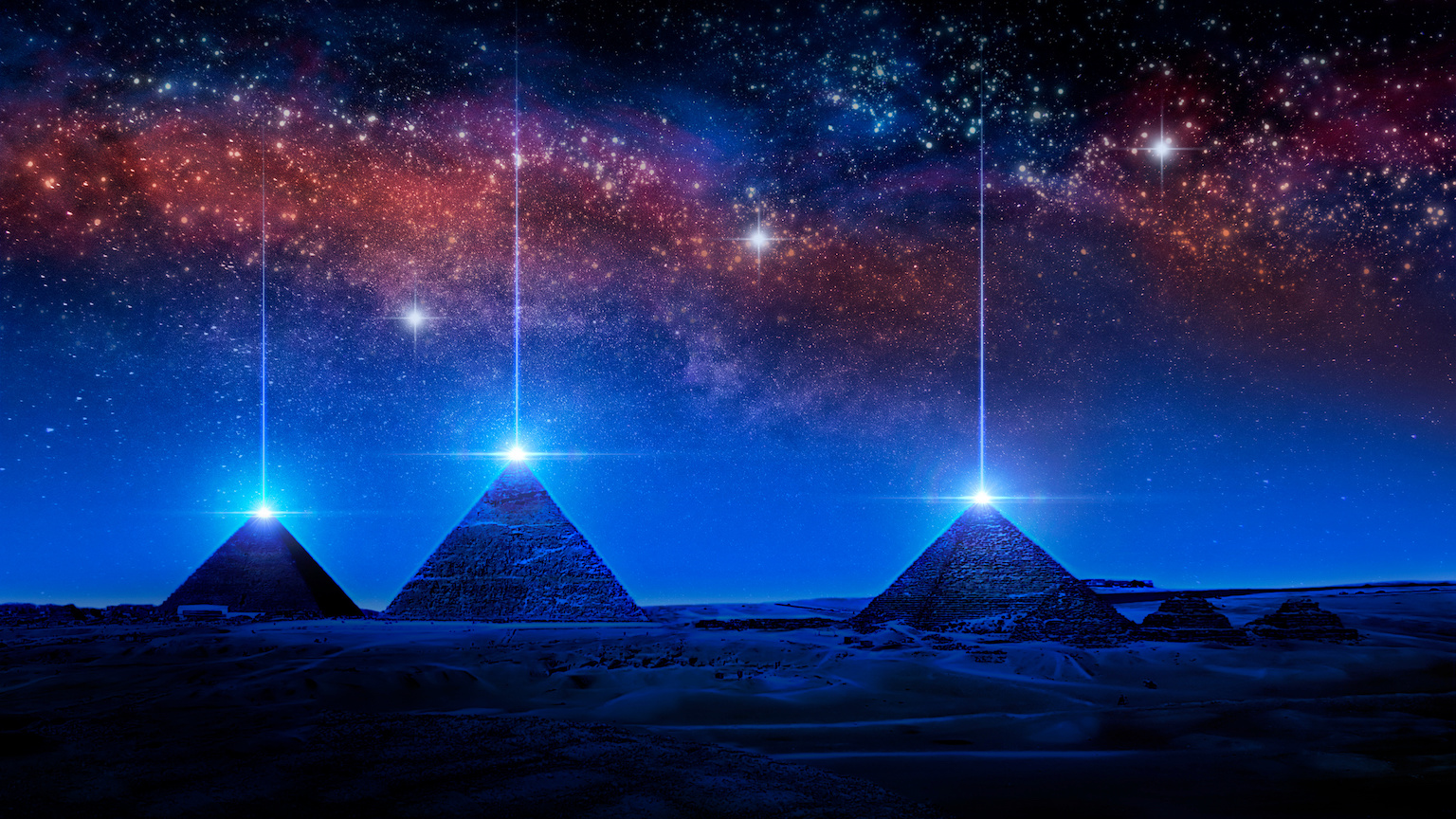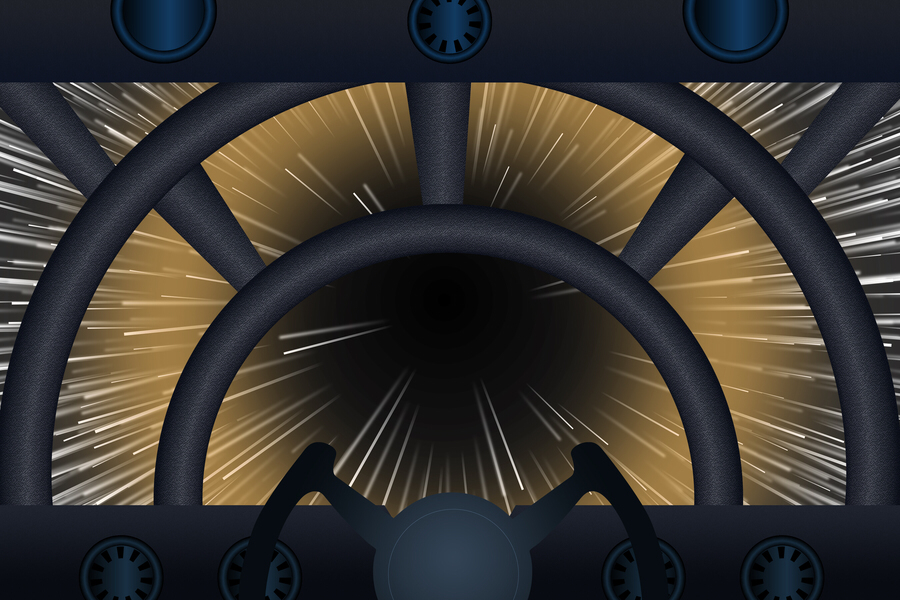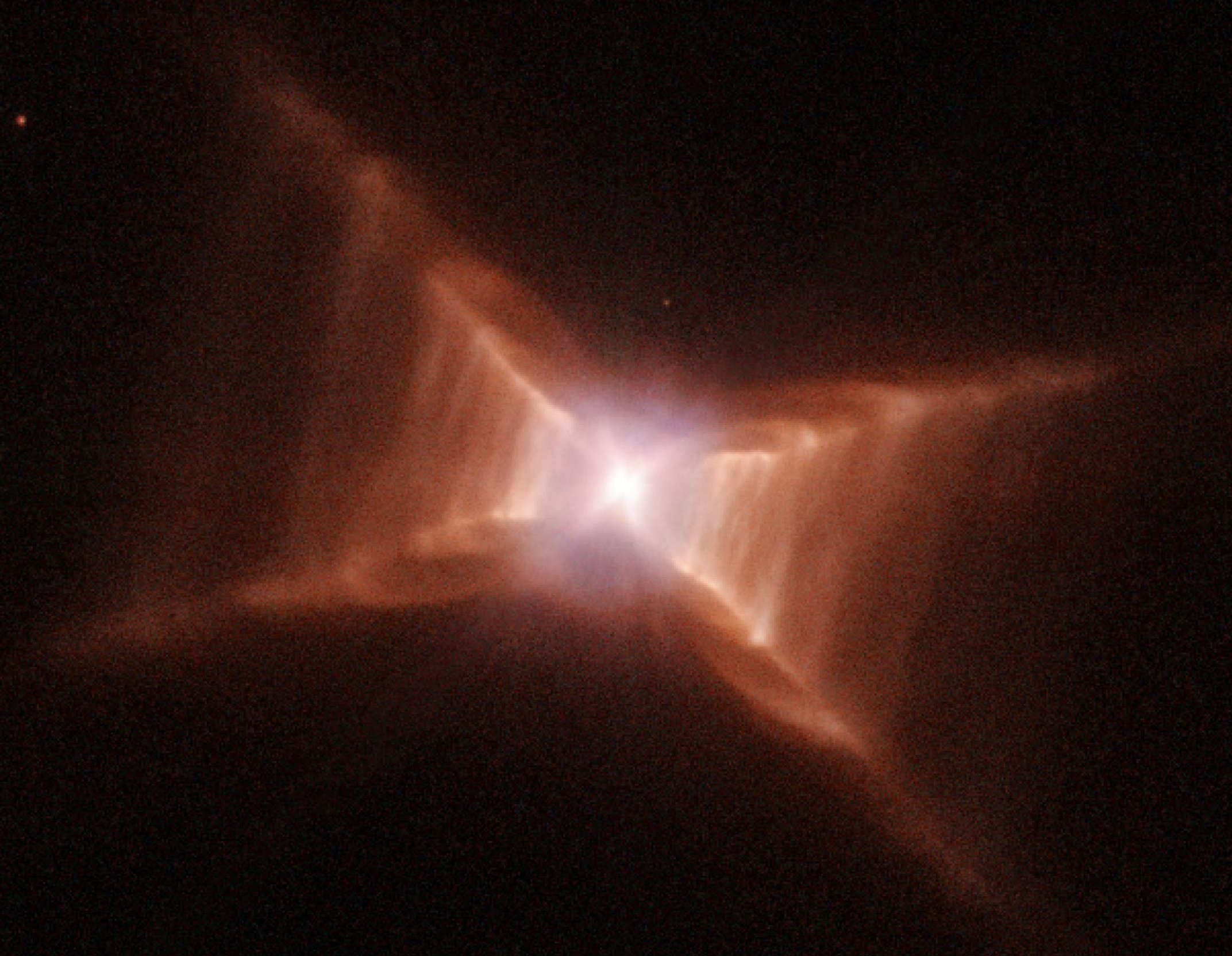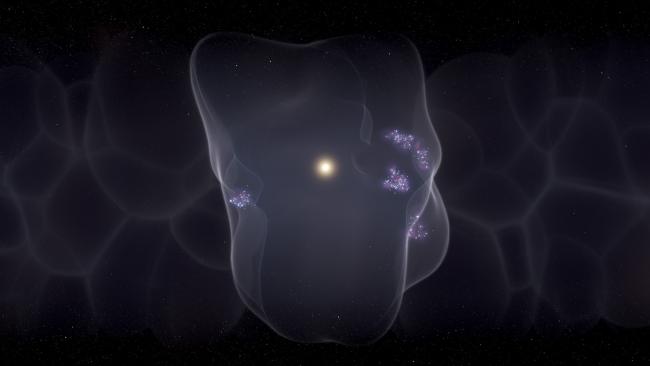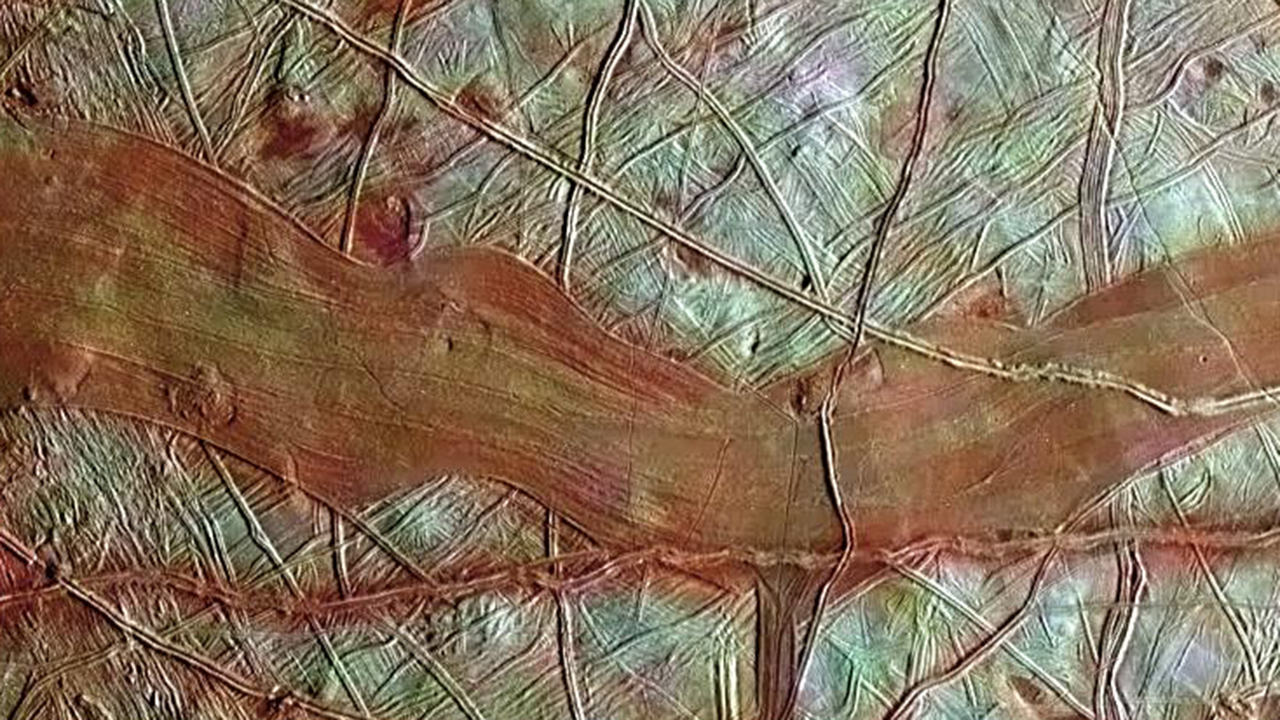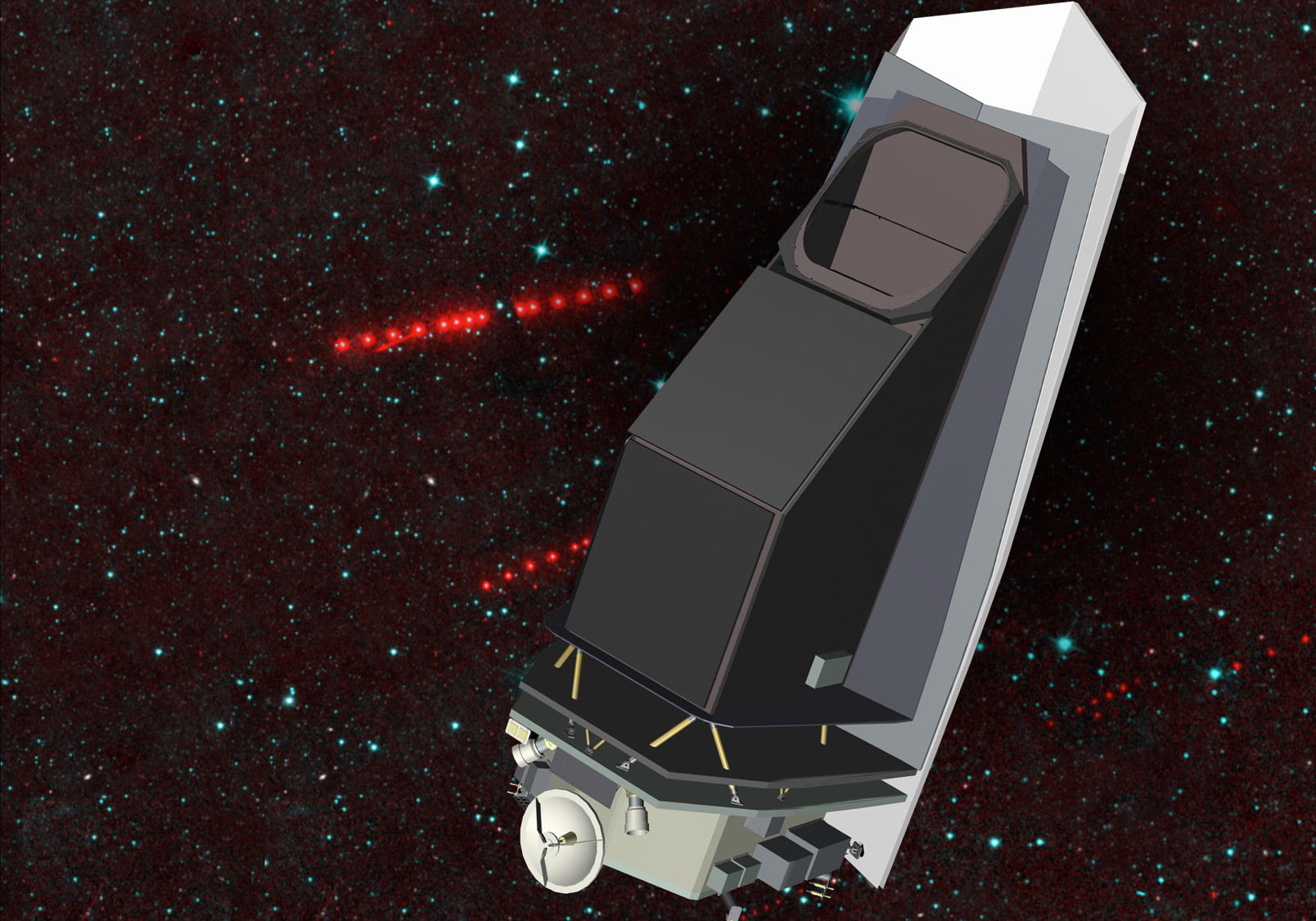Space & Astrophysics
There is nothing more important to science than its ability to prove ideas wrong.
A new study of Martian dust gives insights into the ancient Martian climate. The findings hint at a wetter world.
In theory, the fabric of space could have been curved in any way imaginable. So why is the Universe flat when we measure it?
The observable Universe is 92 billion light-years in diameter. These pictures put just how large that is in perspective.
Some astrobiologists believe life is rare, while others believe it is common in the Universe. How can we find out which view is correct?
Over time, the Universe becomes less dominated by dark matter and more dominated by dark energy. Is one transforming into the other?
“The pulsar sort of consumes the thing that recycled it, just as the spider eats its mate.”
13.8 billion years ago, the hot Big Bang gave rise to the Universe we know. Here’s why the reverse, a Big Crunch, isn’t how it will end.
The answer may lie in the particular way sand forms on Titan.
Atomic clocks keep time accurately to within 1 second every 33 billion years. Nuclear clocks could blow them all away.
In all of human history, only 5 spacecraft have had the right trajectory to exit the Solar System. Will they ever catch Voyager 1?
Data from the Zhurong rover suggests the Red Planet was wet more recently than we thought.
The high pitches from the flute and the harp would reach your ears before the notes from the tuba and the cello.
Everything is made of matter, not antimatter, including black holes. If antimatter black holes existed, what would they do?
Do the laws of physics place a hard limit on how far technology can advance, or can we re-write those laws?
At four million solar masses, the Milky Way’s supermassive black hole is quite small for a galaxy its size. Did we lose the original?
Time isn’t the same for everyone, even on Earth. Flying around the world gave Einstein the ultimate test. No one is immune from relativity.
The idea of black holes has been around for over 200 years. Today, we’re seeing them in previously unimaginable ways.
Popular media often frame scientists as having a cold, sterile view of the world. That couldn’t be further from the truth.
Astronomers in 2017 caught an image of a supermassive black hole in a galaxy far, far away. Doing it in our own galaxy is a huge milestone.
After years of analysis, the Event Horizon Telescope team has finally revealed what the Milky Way’s central black hole looks like.
In Sun-like stars, hydrogen gets fused into helium. In the Big Bang, hydrogen fusion also makes helium. But they aren’t close to the same.
We have long thought that Pluto was completely frozen solid, but the discovery of cryovolcanoes challenges that assumption.
Speculation about the existence of aliens goes all the way back at least to the Greek philosophers. Their arguments will sound familiar.
Could we finally detect the elusive Unruh effect?
Everything that gets heated up has to, somehow, radiate that energy away. Here’s what we see when that happens in the Universe.
For a thousand light-years in all directions, there’s a “bubble” that the Sun sits at the center of. Here’s the story behind it.
Europa may be difficult to access. But if a recent study is correct, its subsurface ocean would be more accessible than previously thought.
Most potentially hazardous asteroids remain unidentified. NEO surveyor could change that, but only if it’s funded, and soon.
